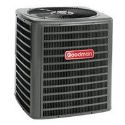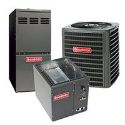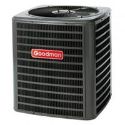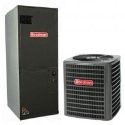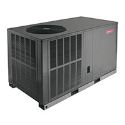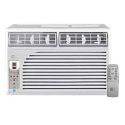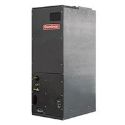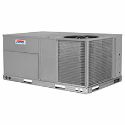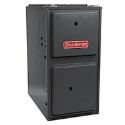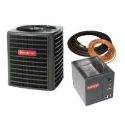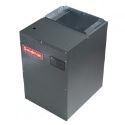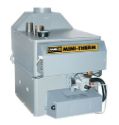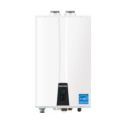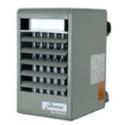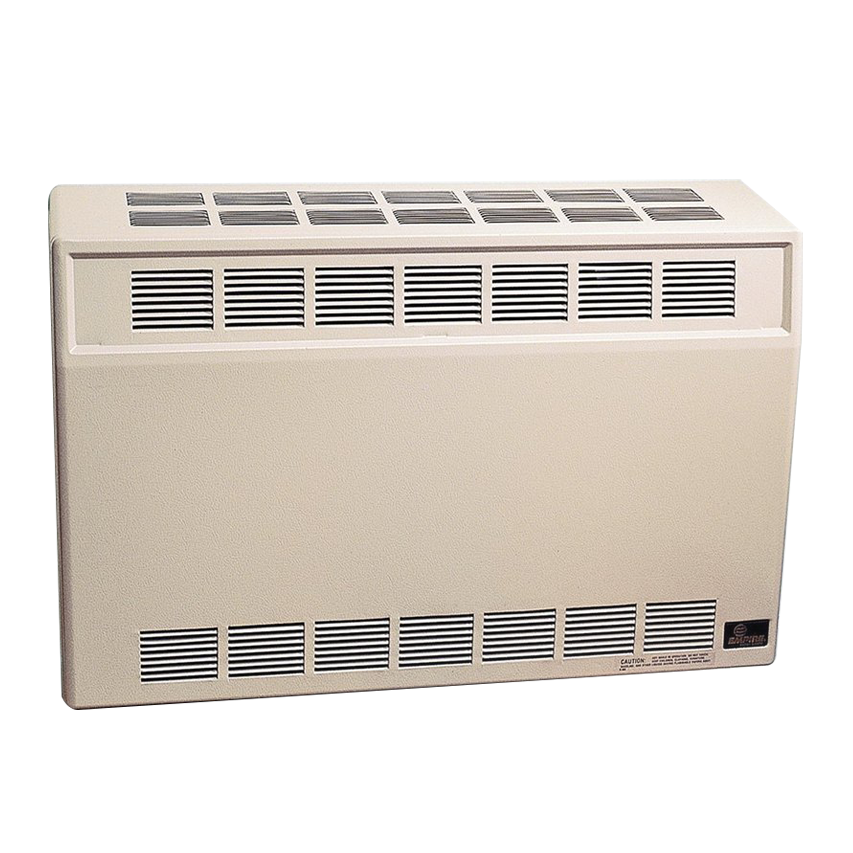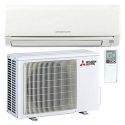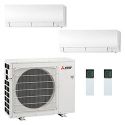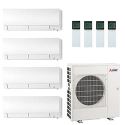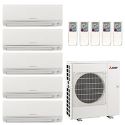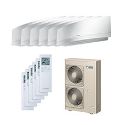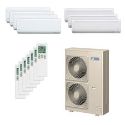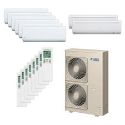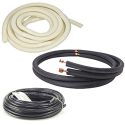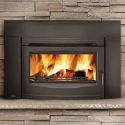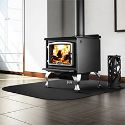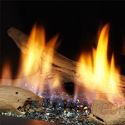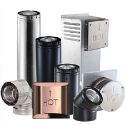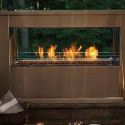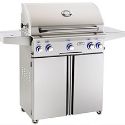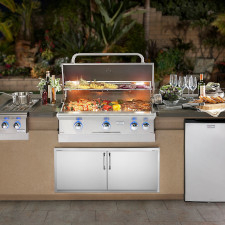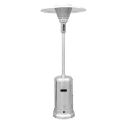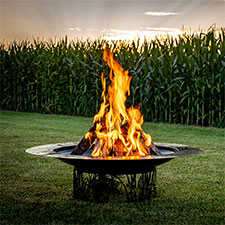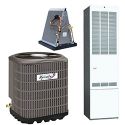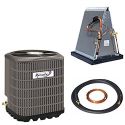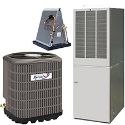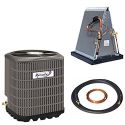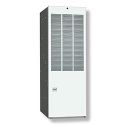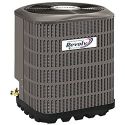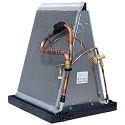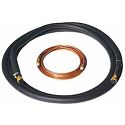A wood-burning fireplace insert is an excellent alternative to a traditional fireplace. It provides the ambiance associated with a traditional wood-burning fireplace along with the major advantage of being energy efficient. In this guide, we'll look at the benefits of a wood-burning insert vs. a fireplace and analyze the installation, maintenance and running costs of having one in your home.
How Fireplace Inserts Work
A fireplace insert is made for installation in an already existing masonry fireplace (brick or stone). These units are made out of materials that can withstand the heat generated by the unit - typically iron or steel - and are available in different dimensions to fit within your fireplace and still allow for some space around the walls. Fireplace inserts are categorized based on the type of fuel they consume and include electric fireplace inserts, gas fireplace inserts and wood-burning fireplace inserts.
Using fireplace inserts is much more efficient and less time-consuming than an open fire. There are also advantages to using a fireplace insert vs. a wood stove. Both function in a similar way, but an insert takes up less floor space and has more of the classic fireplace aesthetic.
What Are Wood-Burning Fireplace Inserts?
These fireplace inserts have a metal casing with a transparent cover. While they consume wood as a fuel, they do it much more efficiently than traditional wood furnaces or fireplaces.
What Are the Energy Savings of Fireplace Inserts?
 Traditional wood-burning fireplaces consume far more fuel than wood-burning fireplace inserts. Since these older units lose much more heat than inserts, they require more wood to maintain their temperature.
Traditional wood-burning fireplaces consume far more fuel than wood-burning fireplace inserts. Since these older units lose much more heat than inserts, they require more wood to maintain their temperature.
The combustion gases from a traditional fireplace carry a lot of heat with them through the chimney of the house, which means this heat is not available for heating your home. Estimates indicate that up to 90% of the heat generated by traditional fireplaces is lost through these exhaust gases.
The enclosed nature of inserts extracts the most heat out of the wood fuel at the lowest cost. Most fireplace inserts also have a fan that circulates the heat to the air in the room increasing the efficiency of fireplace inserts by also reducing heat loss.
How Much Are Installation Costs for Inserts?
The cost of installing a wood-burning fireplace insert are very low because you don't need to do any renovation on your existing home. When you purchase an insert, you receive a standalone unit that you can simply insert into the masonry fireplace.
What Are the Running Costs?
The cost of running a firewood insert depends on the cost of wood in your area and how often you run the fireplaces. Estimates show the cost of a cord of wood from $100 - $200 depending on where you live. Due to their efficiency, wood-burning fireplace inserts can run for a long period on one load of wood fuel - typically between five and 10 hours. So, a cord can last a while with your insert depending on how often you use the fireplace.
What Are the Maintenance Costs?
The maintenance costs of a wood-burning fireplace insert are very low because of their efficient combustion. Additionally, you will not have to spend a lot of money to have soot removed from the chimney as you would with a traditional wood-burning fireplace.
How to Select a Fireplace Insert
One key factor when selecting a wood-burning fireplace insert is the size of the house you want to heat. Please consult a qualified contractor for advice regarding which size insert to purchase to get the best value for your money.
What Are the Advantages of Fireplace Inserts?
- Increased home value
- Added ambiance
- Lower utility bills
- Low maintenance costs
- Easy to use
- Many design options available to choose from
Conclusion
Installing a fireplace insert in your home can cut energy costs, improve your home's ambiance and keep your family warm during the winter. Contact one of our professional team members today for assistance choosing the right insert for your home.
Wood-Burning Fireplace Insert Frequently Asked Questions
Are wood-burning fireplace inserts efficient?
Adding an insert to a traditional mortar wood-burning fireplace warms rooms at an efficiency of up to 80%. By comparison, the efficiency of older open fireplaces can be as low as 10%. With a fireplace insert, logs also last longer, so you spend less time feeding the fire or cleaning up.
How do wood fireplace inserts work?
A fireplace insert is a box made of iron or steel that you add to your current fireplace. A pair of doors give you a place to load logs while vents below the doors or on the side allow oxygen to flow. Self-cleaning glass doors let you watch the flames flicker.
Can a fireplace insert heat a house?
While a fireplace insert can heat up to 3,000 square feet depending on its size, the heat is typically imbalanced - the farther away a room is, the colder it is. As such, inserts work best as part of a "zone heating" system where you use wood-burning to warm some rooms and central to warm others.
How much does a wood-burning insert cost?
If you already have a working fireplace and chimney, a wood hearth insert costs approximately $1,900 to $3,700 to purchase. Professional installation can add another $500 to $1,000 to the cost. The total cost of buying an installing a wood-burning insert averages $2,400 to $4,700 in most areas.
 Shopping Cart
Shopping Cart



